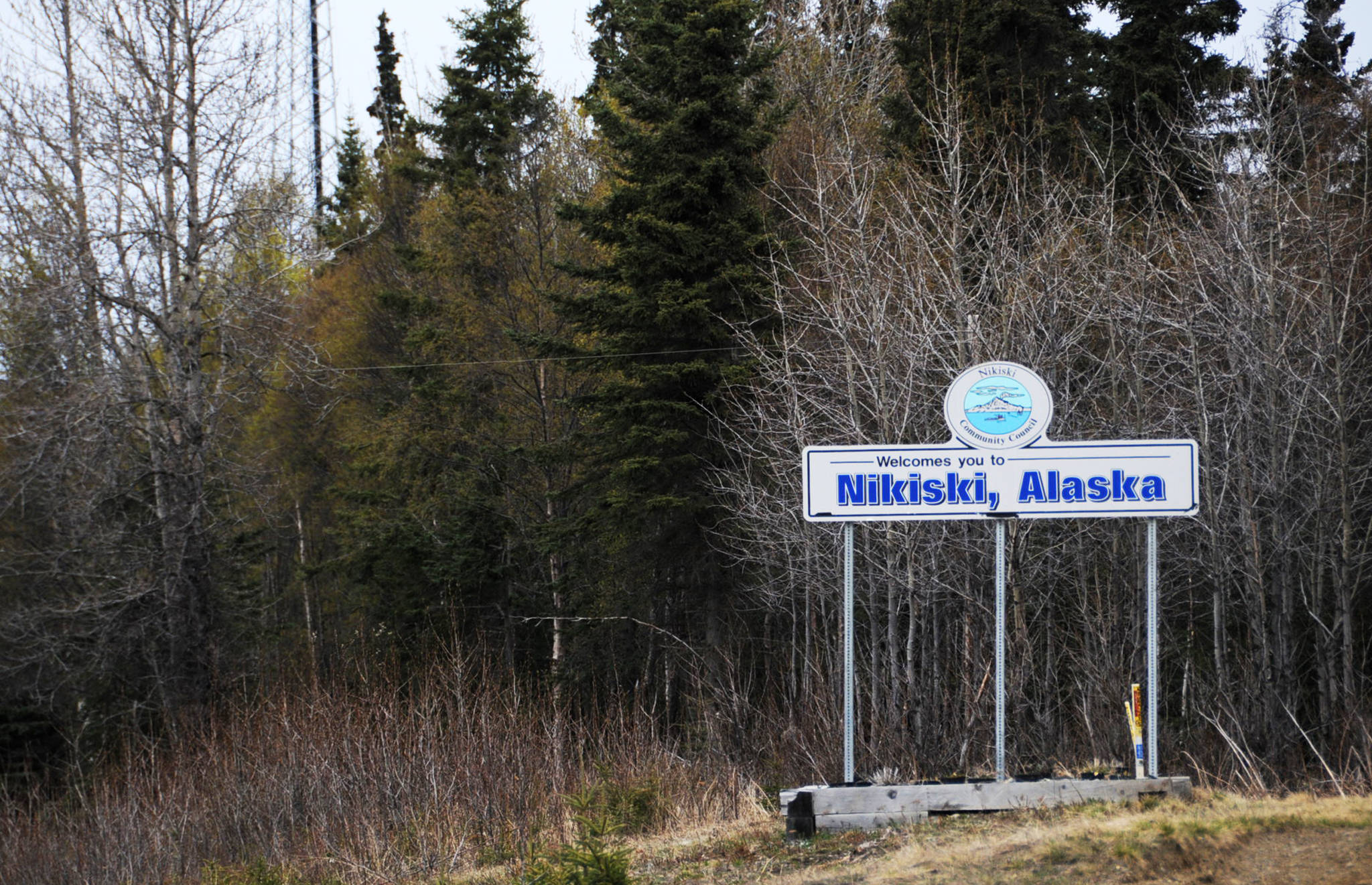Editor’s note: This story has been corrected to show that the borough assembly opposed the incorporation of a Nikiski Borough in 1973.
The citizens of Nikiski seeking to form their own city will find no formal support from the Kenai Peninsula Borough Assembly.
The assembly declined to take up a resolution that would have offered support for the effort to turn the Nikiski area into a home-rule city at its Aug. 1 meeting. Assembly member Wayne Ogle, who sponsored the resolution, moved to table it indefinitely with no objection from the assembly.
Ogle proposed the resolution as a position for the assembly as a body independent from the borough administration to support the city of Nikiski within the boundaries determined by the Local Boundary Commission, the state board responsible for approving changes and formations of city and borough boundaries in the state.
A group of Nikiski residents, calling themselves Citizens for Nikiski Incorporated, submitted a petition with 336 signatures to the Local Boundary Commission in October 2016. As submitted, the city would follow the current lines of the Nikiski Fire and Emergency Service Area, which crosses Cook Inlet and includes the communities of Tyonek and Beluga as well as the oil and gas platforms offshore.
Ogle, who serves as an advisory member of the Citizens for Nikiski Incorporated group, wrote in his memo that the resolution would support the group’s efforts to form a home-rule city consistent with the state constitution’s provision “for maximum local self-government with a minimum of local government units.”
“The petitioners realize that the ultimate approving authority will be the voters in the community of Nikiski should their petition be approved by the LBC,” he wrote.
During a committee meeting before the regular meeting Tuesday, the assembly members batted the resolution around, with concerns about the implications of the assembly supporting the resolution coming from Borough Mayor Mike Navarre.
Navarre said the administration’s main concern was the impact to the borough’s Road Service Area. If the Local Boundary Commission approved the boundaries of the city of Nikiski as submitted in the petition, the property tax revenue collected from the oil and gas properties both offshore and on Cook Inlet’s west side would go to the city to pay for its services rather than to the borough. Navarre said during the committee meeting that the loss of the property tax revenue from the oil and gas properties would be about 32.5 percent of the road service area’s budget. To restore it, a mill levy increase would likely be necessary, he said.
“Instead of that tax base being used for roads throughout the Kenai Peninsula Borough, they would be within the boundaries … of the municipality of Nikiski,” he said. “Currently, we share almost equally in terms of the miles we maintain and the percent of the budget we use maintaining it.”
He also said the assembly might not want to be on record as formally supporting the effort before the Local Boundary Commission officially issued its decision about the boundaries of the city because the commission may change the boundaries to something the assembly or the community doesn’t support.
Assembly member Dale Bagley said during the committee meeting that it didn’t make sense for the other eight members of the assembly to support the effort when it would likely mean a direct mill rate increase for their own districts’ residents.
Ogle said the resolution was meant to support the effort and that it was up to the voters in the end.
“If the boundary commission comes back with the boundaries very withdrawn from where they are now, there would be no economic viability for the city and it wouldn’t go forward,” he said.
Stacy Oliva, one of the vice chairs for the Citizens for Nikiski Incorporated effort, said she appreciated Ogle’s efforts.
“We really appreciate his efforts to take that back to the assembly body to garner support through the process,” she said.
The group is preparing its response to the preliminary report from the Alaska Department of Commerce, Community and Economic Development staff, who support the Local Boundary Commission, issued in May. The report found that the petition as submitted doesn’t meet enough of the standards for incorporation, and the petitioners can answer the report and revise it if they choose to.
Paul Huber, Oliva’s co-vice chair for the effort, said the group saw a number of issues with the preliminary report and plans to point them out in its response. The group chose the boundaries it did because that’s where the service areas apply, including providing senior services, recreational services and fire and emergency services to the platforms and communities on the west side of the inlet, he said. The request to incorporate the city is a natural evolution under the state constitution to bring those service areas under a city government, he said.
In regards to the evolution, Huber noted that in previous efforts to incorporate the Nikiski area — the most recent of which took place in 1991 — the borough administration and assembly decided to either stay neutral or support the effort, except in the case of the formation of a Nikiski Borough in 1973, which the assembly opposed. In 1991, the assembly formally supported the effort. He also thanked Ogle for his effort to gain assembly support for the effort and said the process became political when it should have been straightforward.
“What we were requesting from the (assembly) members and what he was requesting from the (assembly) members … was just asking them to support a constitutionally mandated process and our right to do this,” he said.
The Local Boundary Commission will take public comments on the incorporation petition until Aug. 22.
Reach Elizabeth Earl at elizabeth.earl@peninsulaclarion.com.

